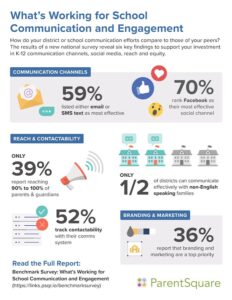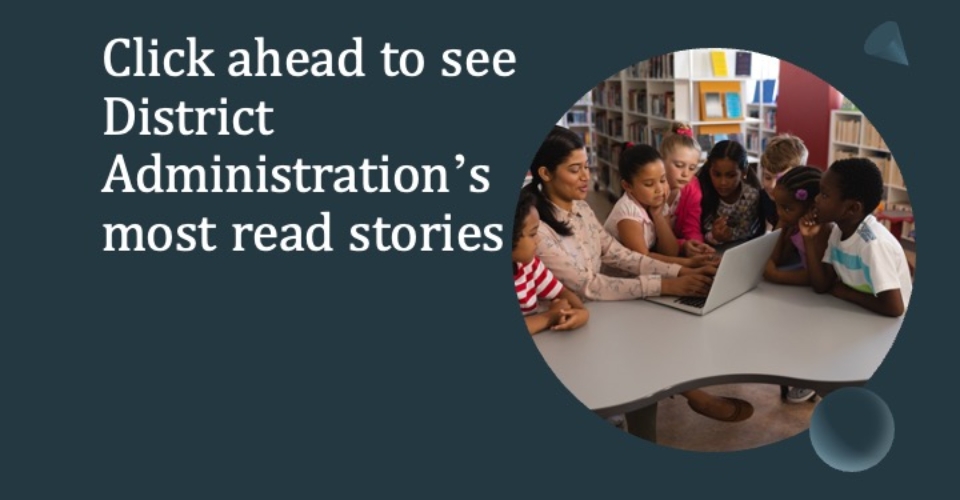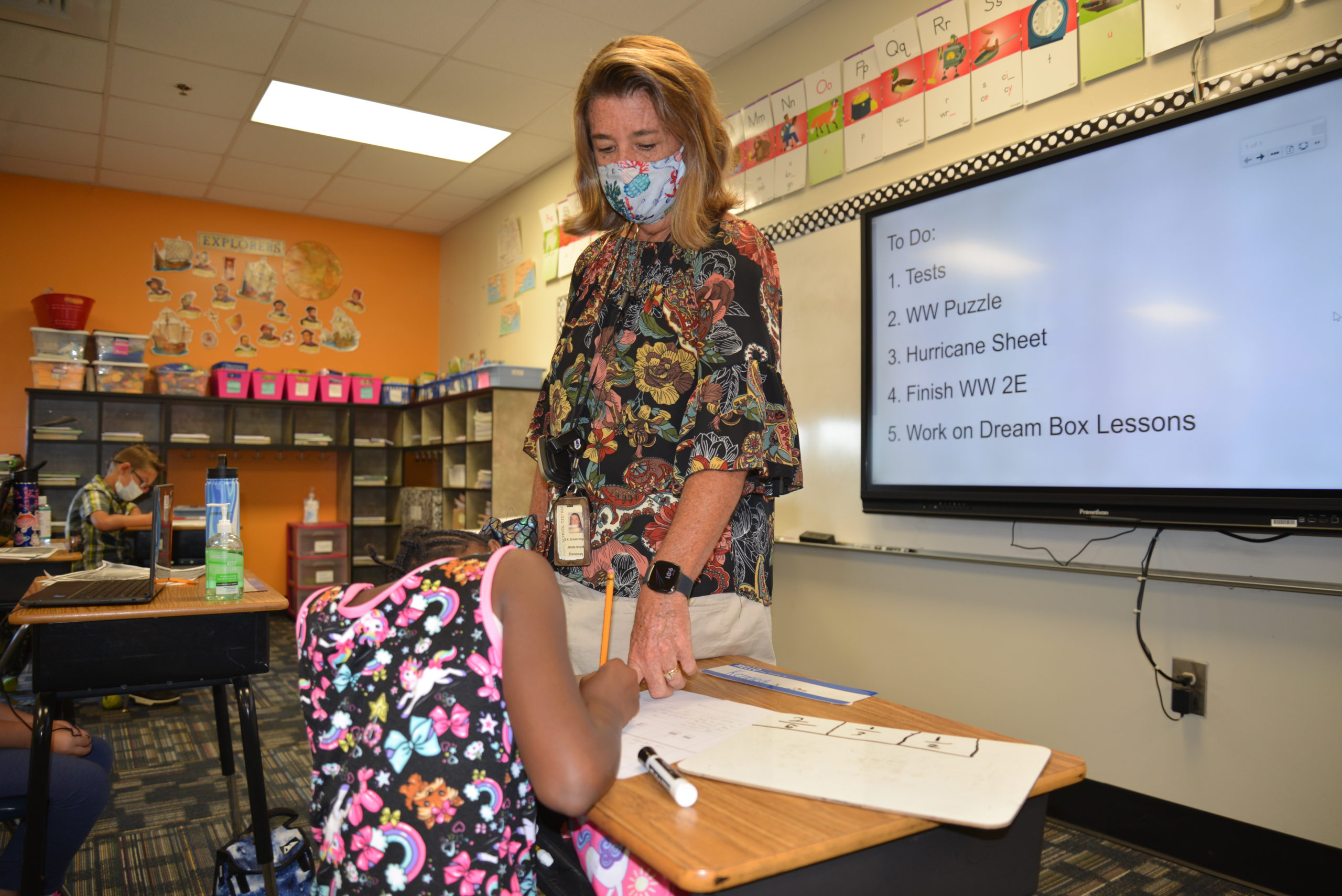Texting is now as popular a school communication and engagement tool as email as K12 administrators work to unify and streamline their outreach efforts in an era of growing competition. Mobile apps, which are popular with families, ranked next on the list of communications preferences, according to a new national survey from ParentSquare.
More than 1,150 responses from school staff who are responsible for school-home communications in schools and districts shared their thoughts on the best social media platforms, communicating with families who don’t speak English and the heightened attention they are paying to branding and marketing. Nearly 75% of the staffers noted that marketing and branding are now top or leading priorities, particularly as schools face increased competition for enrollment and work to recruit new teachers, according to “Benchmark Survey: What’s Working for School Communications and Engagement.”
District leaders are also redoubling their efforts to connect with all of their students’ families, as less than 40% report reaching all or most of their families regularly. Another communications priority is integrating student information systems, school and district websites and other software to improve efficiency and remove redundancy.
Unifying communications through the school website, for instance, means content can be created once and distributed through multiple channels simultaneously. “Most education leaders value families as important partners in the learning community, and they understand that the ability to have consistent, meaningful two-way conversations is key to educational equity and student success,” ParentSquare President and Founder Anupama Vaid said.
Administrators and their teams identified six keys to more effective school communication and engagement:
1. Email and text continue to be the most effective channels: As email, texts and mobile apps are the most popular tools, the use of school websites, portals and social media channels is declining. And only about one in five of the survey’s respondents said voice calls were effective. Video apps such as Zoom ranked at the bottom along with printed flyers and newsletters.

2. Facebook continues to dominate in social media: Facebook is the most popular social media channel with more than 70% of survey’s respondents, and Instagram is a distant second. YouTube and TikTok, meanwhile, are losing ground.
3. Reaching all parents and guardians continues to be a challenge: More than 10% reported that they do not track the number of families with whom they regularly communicate while about 15% only connect with 50% to 75% of parents and guardians. A unified messaging platform can help schools both reach more families and determine levels of engagement, the study asserts.
4. Communicating with non-English speaking families is a challenge: Only about half of those surveyed feel they are communicating with parents who don’t speak English. About 20% of schools support outreach in English and Spanish while a similar number can communicate in several languages.
5. Still work to be done in integrating communication tools with other systems: More than 40% affirmed their communication tools are integrated with their websites and more than half of those surveyed reported tracking contactability and engagement. In many cases, this integration includes emergency alerts, news and other time-sensitive communications. And capacity is increasing as schools continue to expand and upgrade their digital networks.
More from DA: These 2 barriers are getting in the way of K12 leaders’ pursuit of equity
6. District and school branding growing in importance: Schools are now working constantly to recruit new families and teachers. School leaders report a need to share the highlights of the learning experiences they offer with a much wider audience. But only about a third of those surveyed said their branding has “a consistent look and feel.” These districts provide all their schools with easily adaptable graphics and templates.
“The ongoing transition from paper to digital communications is helping to bring about new efficiencies and integrations for districts, while also making it easier to engage families in support of each student,” Vaid concluded.









